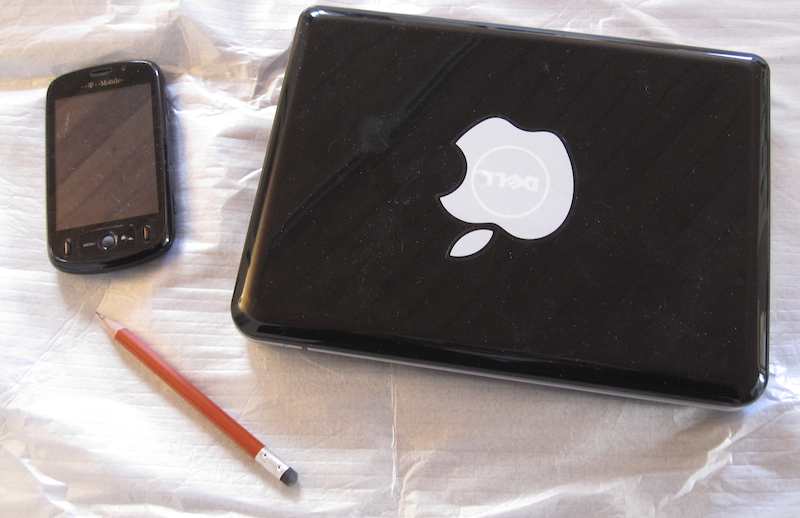Fascinating account of the background to Magnum’s sale of its press prints archive to Michael Dell.
Last week, one of the most important photojournalism archives in history, the Magnum Photo Agency’s press prints collection, was sold to Michael Dell of Dell computers. Specifically, to Dell’s private investment firm, MSD Capital LP.
The collection will be housed by the Harry Ransom Center at the University of Texas, Austin.
“Right place, right time, right people.” That’s how Eli Reed, Magnum photographer and photojournalism professor at the school, summed up the deal. “It was a long time coming; it didn’t just happen quickly,” he said.
Impressively keeping with Magnum’s cooperative policies, the deal ensures the photographers still retain total ownership of their works. Only the prints used by Magnum through 2003 for publication were sold, not the rights to the images themselves.
Though the price remains undisclosed, the collection of photographs had been insured for a value of $100 million. Industry insider Paul Melcher speculated the price at around $30 million.
The press prints collection comprises of over 185,000 images by over 100 renowned photographers, including seminal talent such as Henri Cartier-Bresson, Robert Capa, Elliott Erwitt, Ernst Haas and Eve Arnold. Magnum was established in 1947 to wrest control from publishers back into the hands of the photographers by allowing shooters to keep the rights to their images. In so doing, Magnum pioneered a new business model for photojournalism.
This also explains why the putative deals with Corbis and Getty never went through. The Magnum photographers wanted to retain the rights. Now they appear to have got what they wanted: retention of rights, plus $30 million to invest in their upcoming online service. Neat.
Also: nice to know that the University of Texas will scan both front and back of each print. Those office scribbles can sometimes be interesting. For example,





